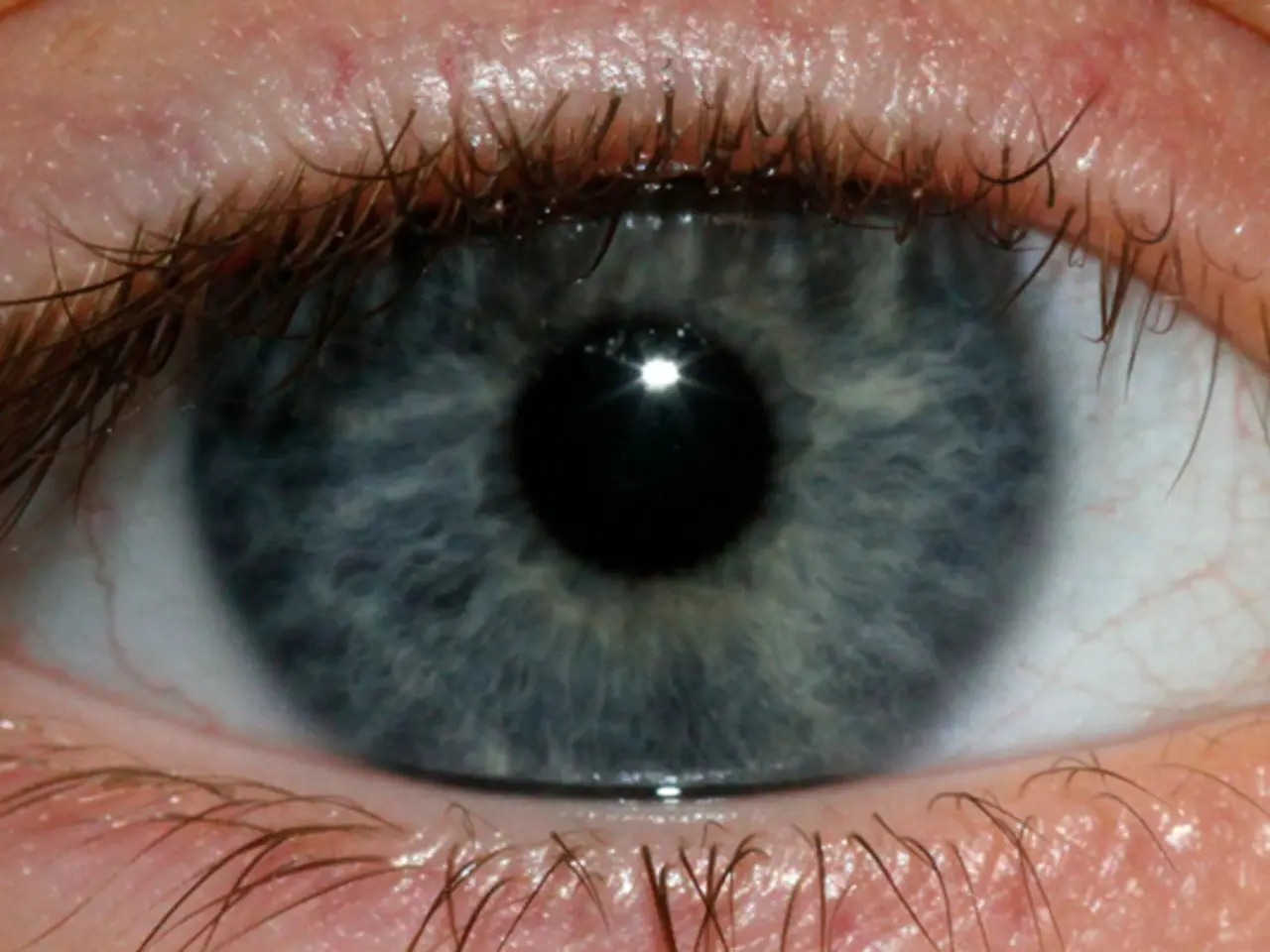Increased Shahed Attacks by Russia, yet Interceptor Missiles Successfully Neutralize them
In the face of escalating drone attacks from Russia, Ukraine is bolstering its defenses with a range of innovative interceptor drones. These unmanned aerial vehicles (UAVs) are designed to counter the Iranian-origin loitering munitions and jet-powered variants of the Shahed drones, a growing threat in the ongoing conflict.
One of the key types of interceptor drones being employed is a highly modified first-person view (FPV) drone. These drones, previously used for targeting Russian reconnaissance UAVs, have been upgraded to fly at speeds exceeding 200 km/h, operate at altitudes up to 6 km, and are equipped with a terminal guidance system to reduce operator dependence. They are also armed with small warheads weighing between 600 and 1200 grams, capable of physically destroying the target drones[1].
Another notable interceptor drone, the "Mongoose," developed by the defense firm Technari in Odesa, has been introduced. Unlike FPV drones, Mongoose is a jet-powered, fixed-wing unmanned aerial vehicle designed specifically to disable Shahed drones by targeting their engines or propellers. It uses a heat-seeking guidance system coupled with a multi-barrel shotgun-like weapon and can reach speeds up to 310 km/h, operate at altitudes up to 5,000 meters, and has an operational range of about 12 kilometers. The Mongoose is capable of multiple mission cycles, enabling it to engage multiple enemy drones in succession or return to base for refueling and rearming[3][1][2].
Ukraine is also deploying broader interceptor drone systems to protect critical areas like Kyiv, leveraging these domestic solutions amid shortages in more traditional Western air defense systems[5].
The main Shahed drone manufacturing facility, located at Alabuga, spans over 800,000 square feet, the size of 14 football fields, and may employ 40,000 workers[4]. Despite these efforts, Ukraine's Air Force has reported a significant increase in the intercept rate of Shahed-type drones, with July seeing an intercept rate of 89%, up from 86% in June and 82% in May[6].
In July, a total of 6,056 Shahed-type drones were launched, up from 5,438 in June. However, the number of drones that got through decreased from 760 in June to 711 in July[6]. This sharp uptick in the intercept rate has been noted by OSINT analyst Cyrus.
Russia can launch up to 728 Shahed drones in one night, but Ukraine's counter-drone efforts, including the Mongoose and upgraded FPV drones, form part of a layered, adaptive strategy against these increasingly numerous and sophisticated attacks[1][2][3][5].
Sources:
- Ukraine's Mongoose drone interceptor takes on Russian Shahed-238
- Ukraine's Mongoose Drone Interceptor: A Game Changer Against Shahed Drones?
- Ukraine's Mongoose Drone: The New Weapon Against Russia's Shahed-238 Drones
- The Alabuga Manufacturing Facility: The Heart of Shahed Drone Production
- Ukraine Deploys Domestic Interceptor Drones to Counter Shahed Threat
- Ukraine's Air Force Daily Statistics: Shahed Drone Launches and Intercepts
In light of the growing use of Shahed drones in the drone war during war-and-conflicts, Ukraine's politics are prioritizing the development of interceptor drones such as the Mongoose and upgraded first-person view (FPV) drones for enhanced air defense capabilities. The mongoose, a jet-powered drone developed by Technari, is designed to disable Shahed drones by targeting their engines or propellers, while the upgraded FPV drones, previously used for reconnaissance, have been modified for higher speeds and stronger armed capabilities to counter the potential threats posed by these drones.








